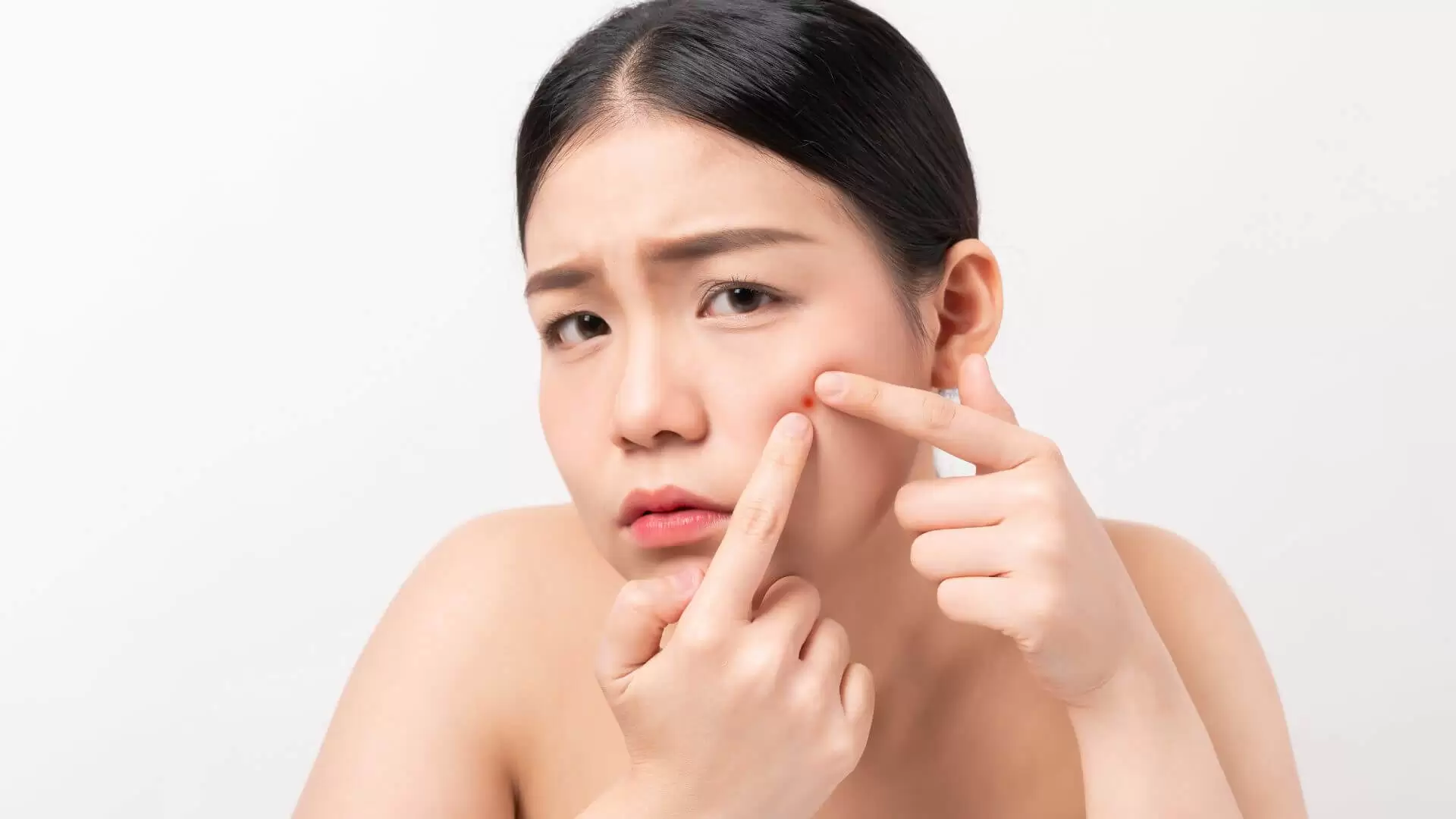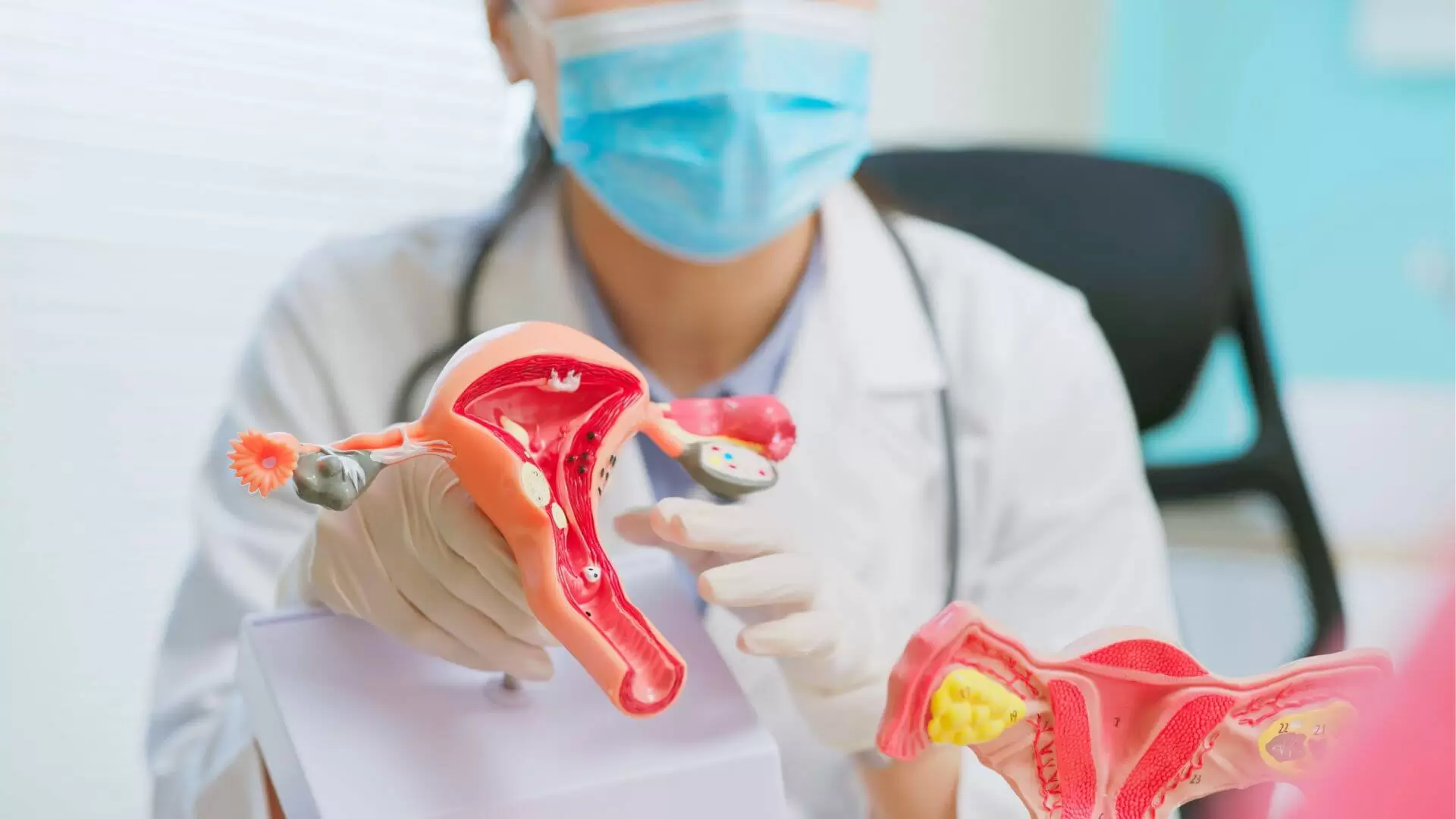UC San Diego researchers discover a specific antimicrobial skin cell and its role in acne development.
Acne is among the most common skin conditions in the United States, according to the Association of American Academy of Dermatology, affecting up to 50 million Americans each year. Likewise, it is also one of the least studied diseases.
Hair follicles are known to aid in the development of a simple, but new research suggests that skin cells outside of these hair follicles play a larger role.
The research team performed skin biopsies on acne patients treated for several months with retinoids.
“These findings may transform the way we treat acne,” said Richard Gallo, MD, Ph.D., Ima Gigli Distinguished Professor of Dermatology. “Previously, hair follicles were thought to be the most important for acne to develop. In this study, we looked at cells outside the hair follicle and found that they had a significant effect on controlling bacteria and acne development.”
These cells are called fibroblasts, common in connective tissues throughout the body. In the skin, they produce an antimicrobial peptide called cathelicidin, which plays a key role in the development of acne.
To counteract an infection within a hair follicle, the surrounding skin undergoes a process called reactive adipogenesis in which fibroblasts transform into fat cells.
RETINOIDS FOR ACNE
“We started our research wanting to understand the biology of acne and looked specifically at the role of fibroblasts, which generally provide structural support in the deeper layers of the skin,” said first author Alan O’Neill, Ph.D., a project scientist at UC San Diego School of Medicine “Instead, we found that these cells were activated to produce large amounts of an important antimicrobial, cathelicidin, in response to the acne-causing bacteria Cutibacterium acnes.”
Hair follicles aid in the development of a simple, but new research suggests that skin cells outside of these hair follicles play a more important role.
The research team performed skin biopsies on acne patients treated for several months with retinoids, a class of chemicals derived from vitamin A that promote skin health. To the researchers’ surprise, the drug-enhanced cathelicidin expression after treatment, thereby finding an additional unknown mechanism by which retinoids help treat acne.
Currently, retinoid treatment focuses on controlling the development of lipids in skin cells. An important side effect of these drugs is their teratogenic effects, causing fetal abnormalities in pregnant people. This limits the use of these drugs to severe cases only. The research team hopes that these findings can help develop a more targeted approach to treating acne.
“This research could help identify new treatment options that specifically target the ability of fibroblasts to produce cathelicidin,” said O’Neill. “Thus creating an acne therapy that would be more selective with potentially less harmful side effects,” he says.




